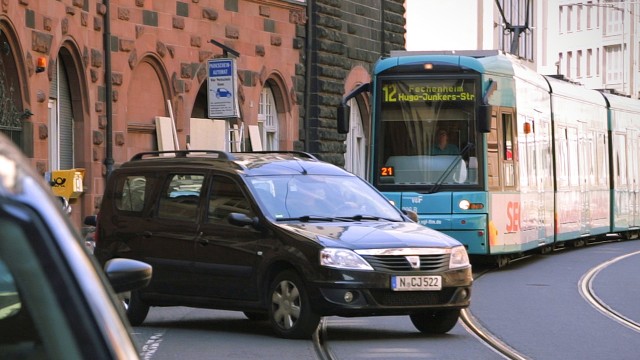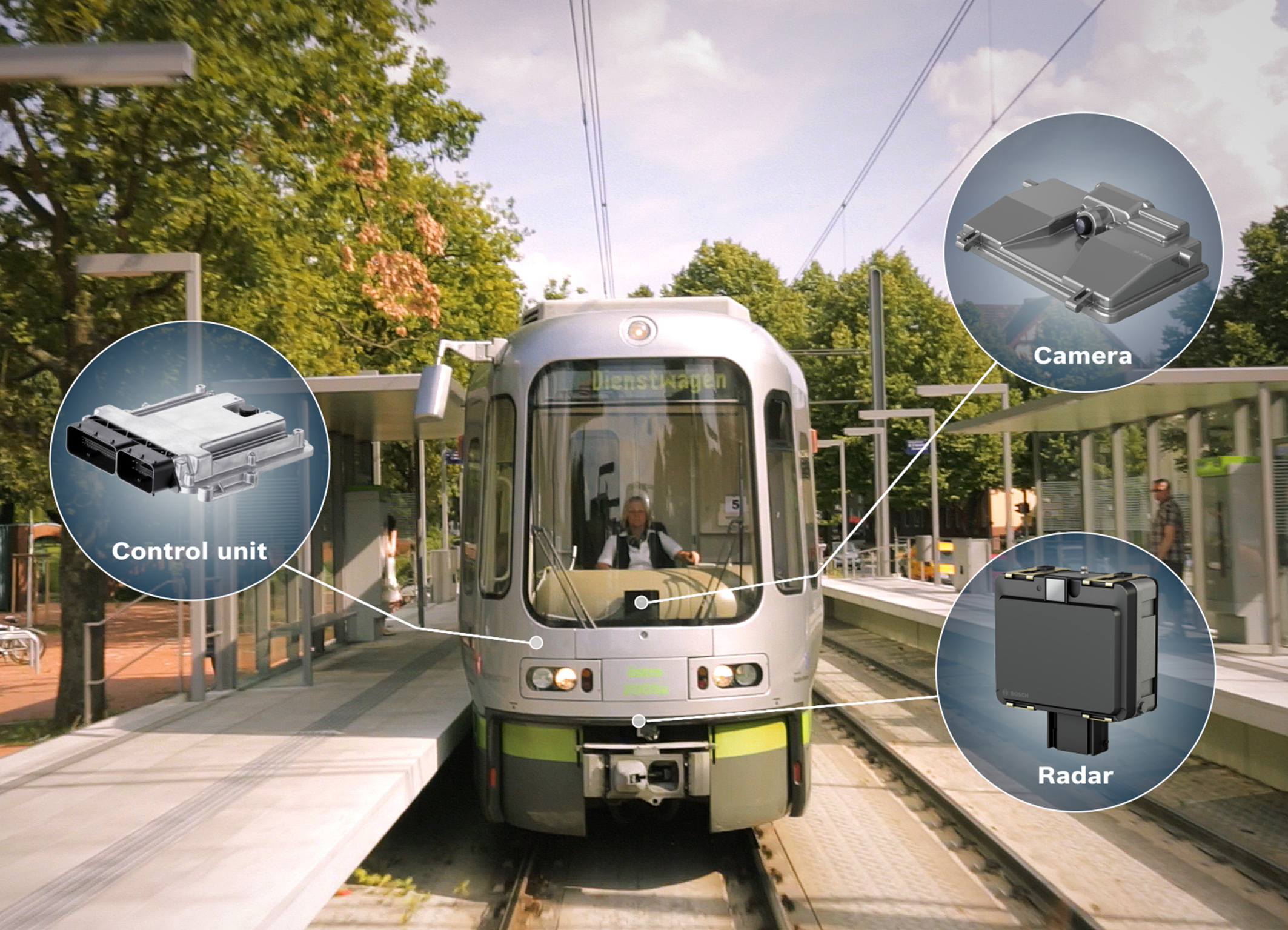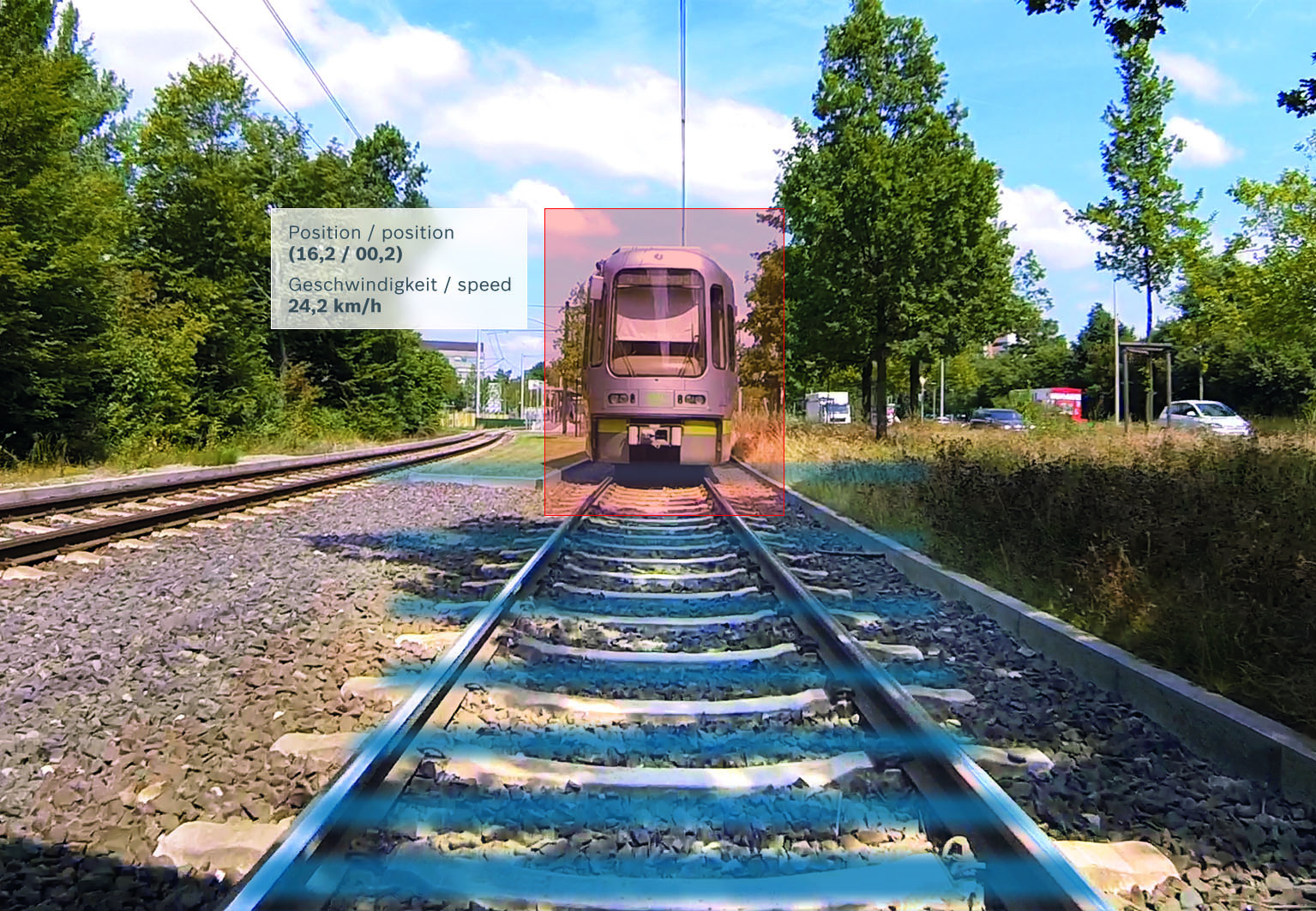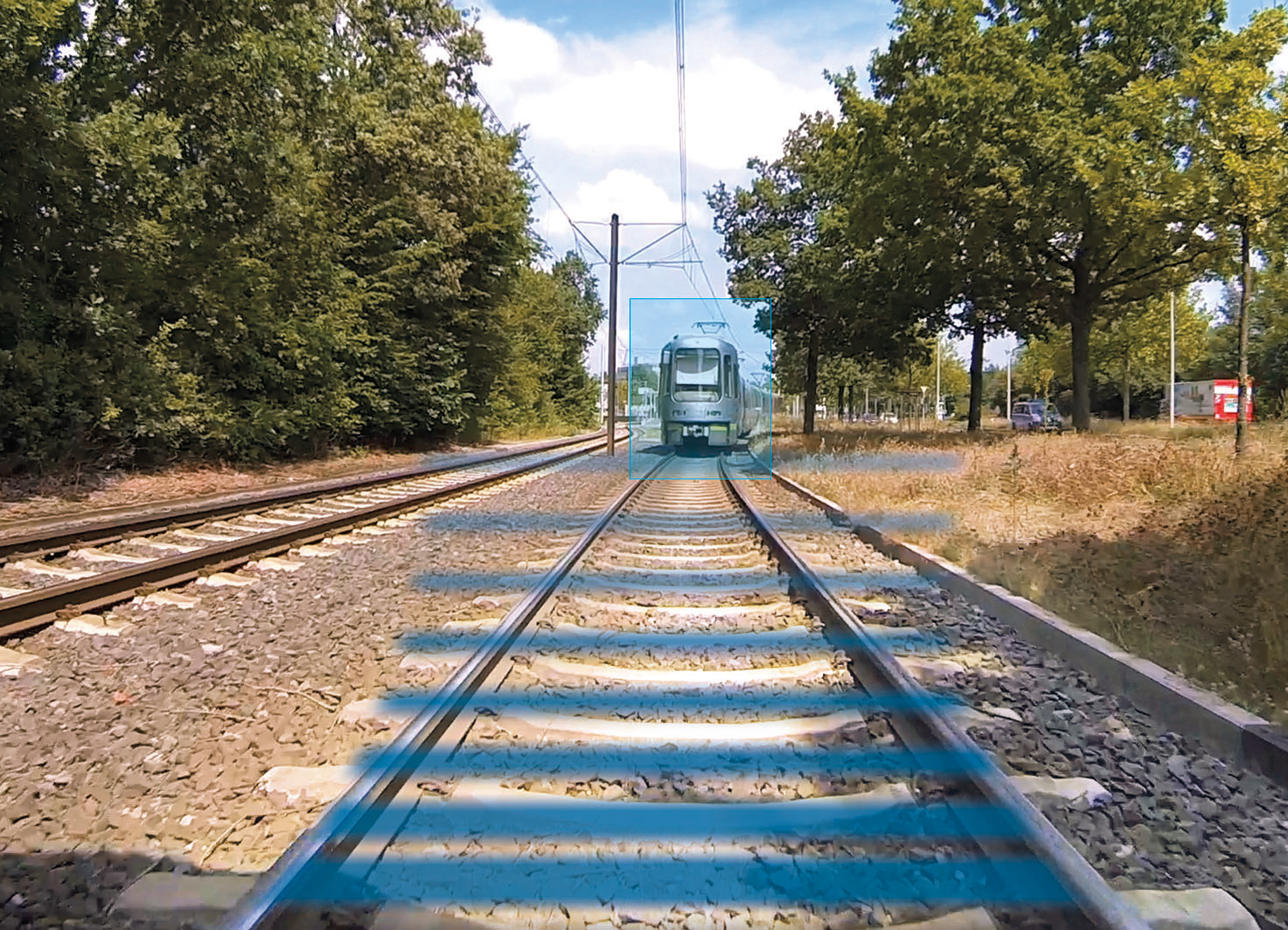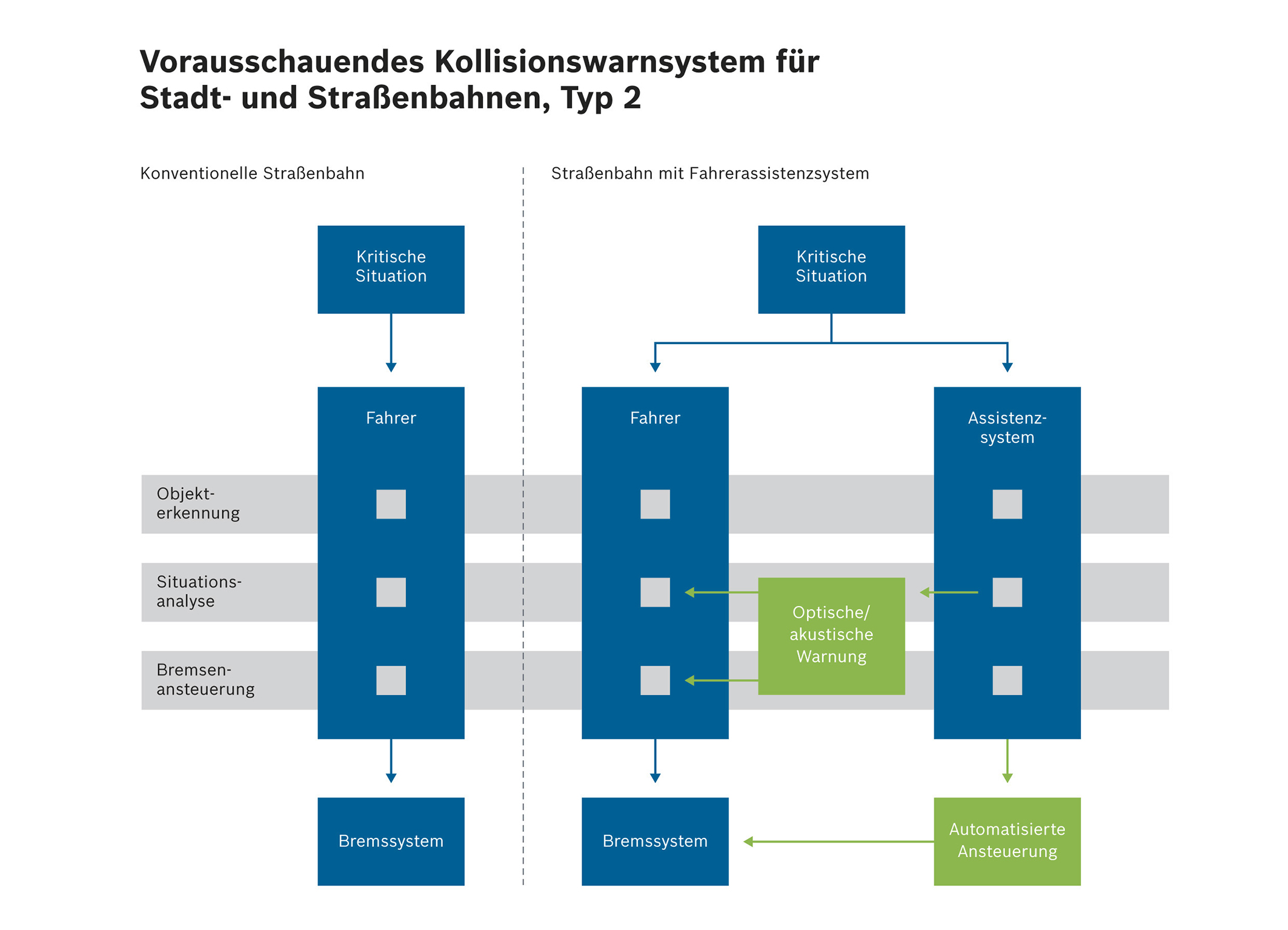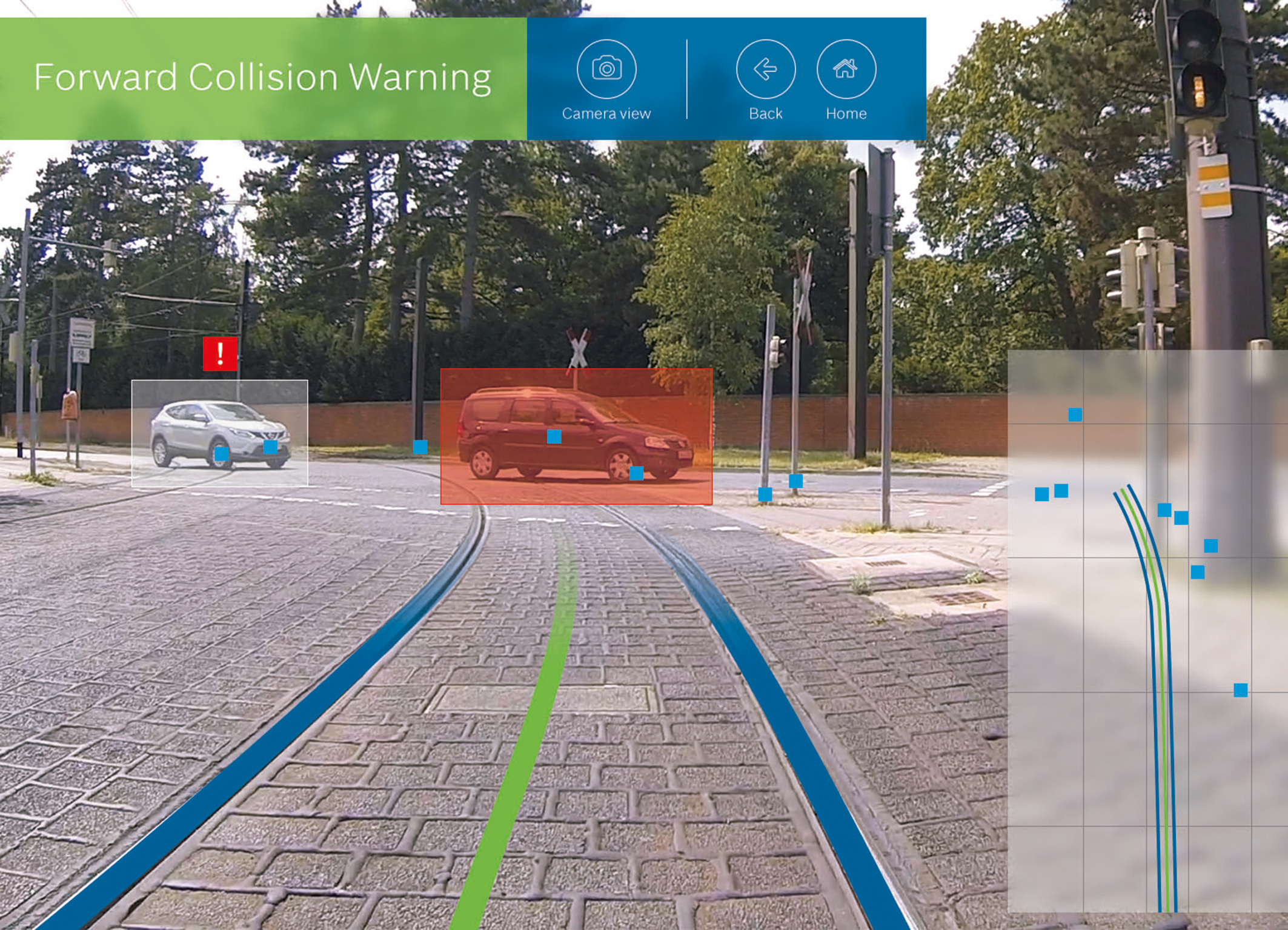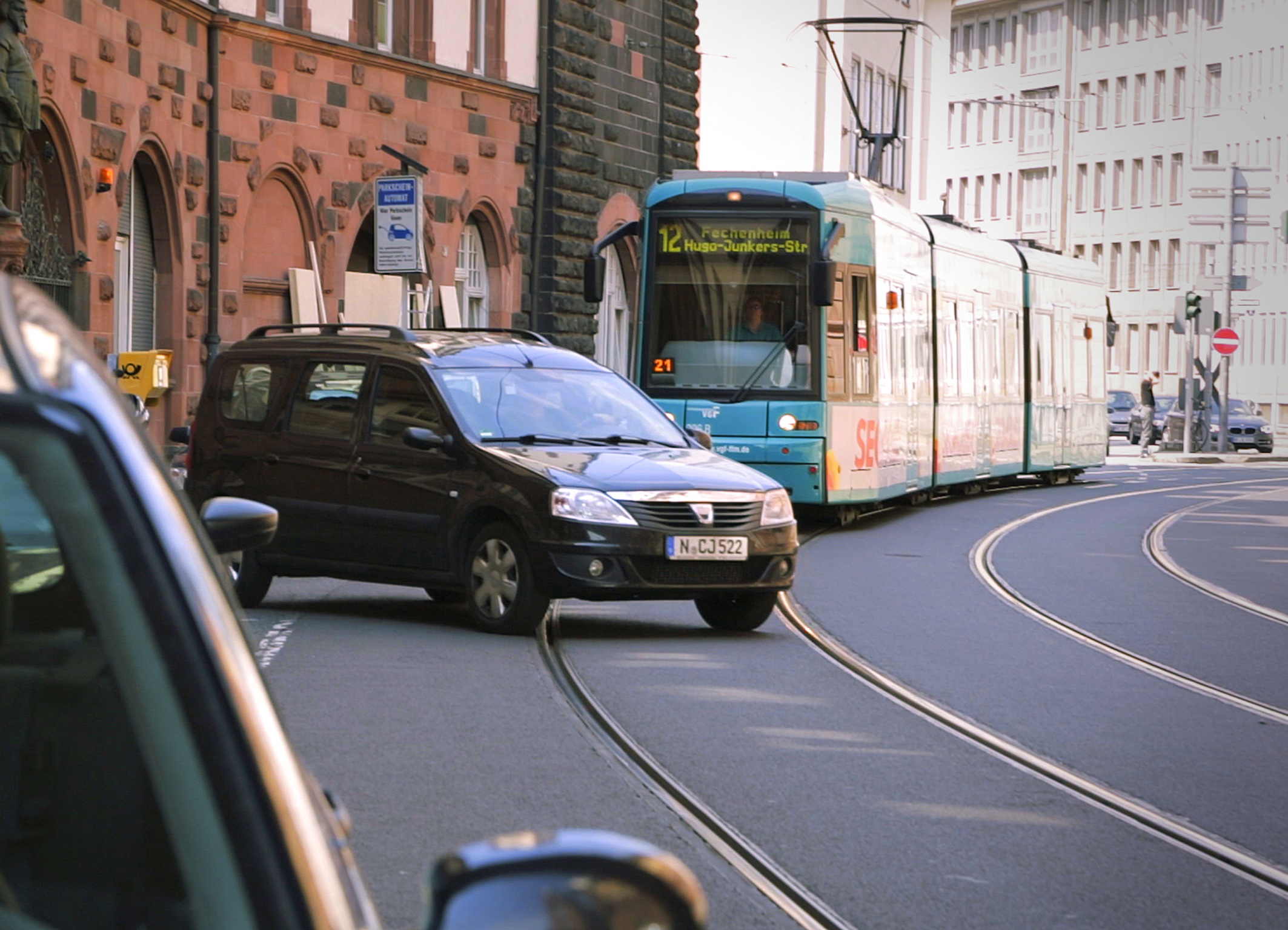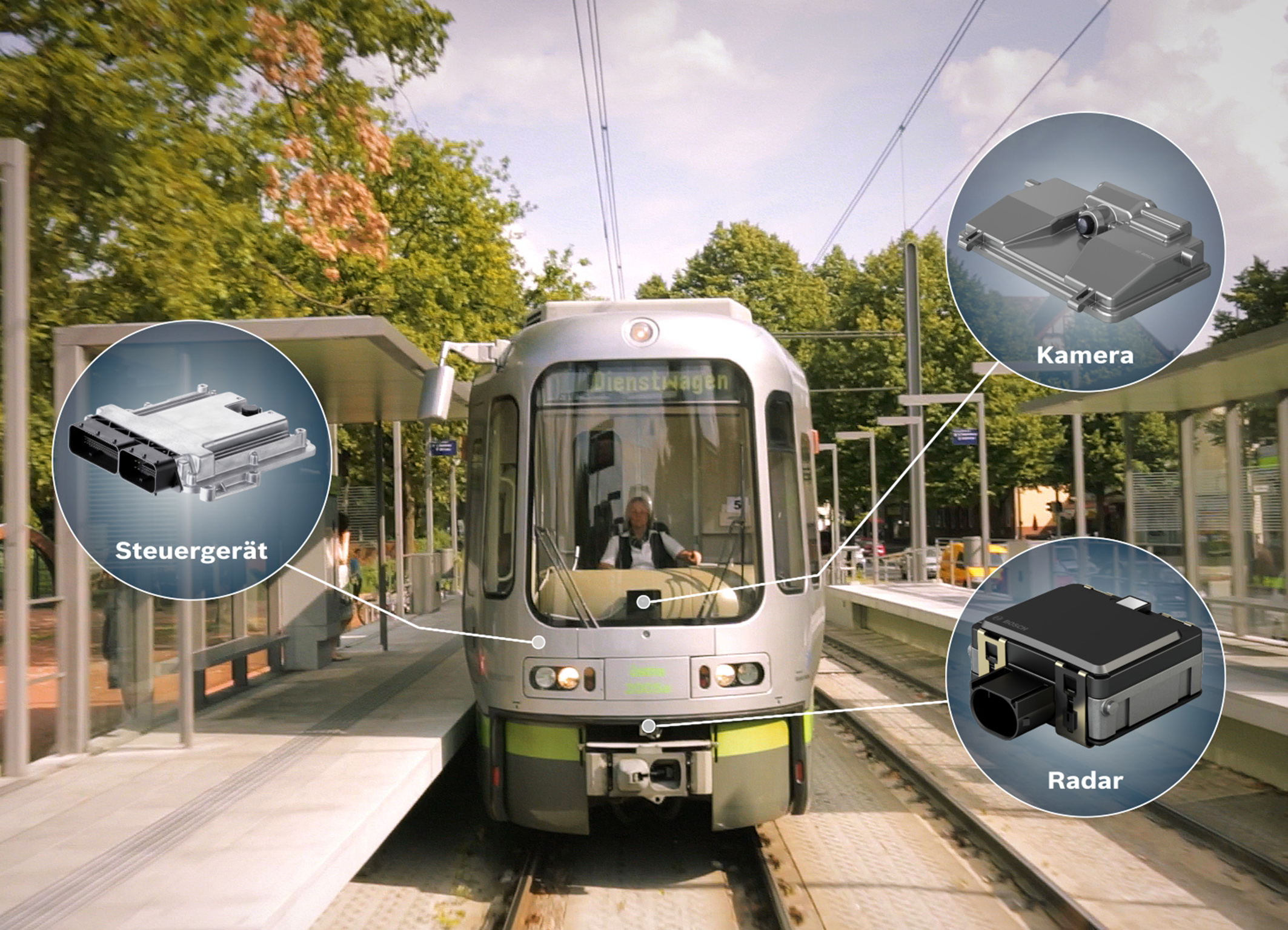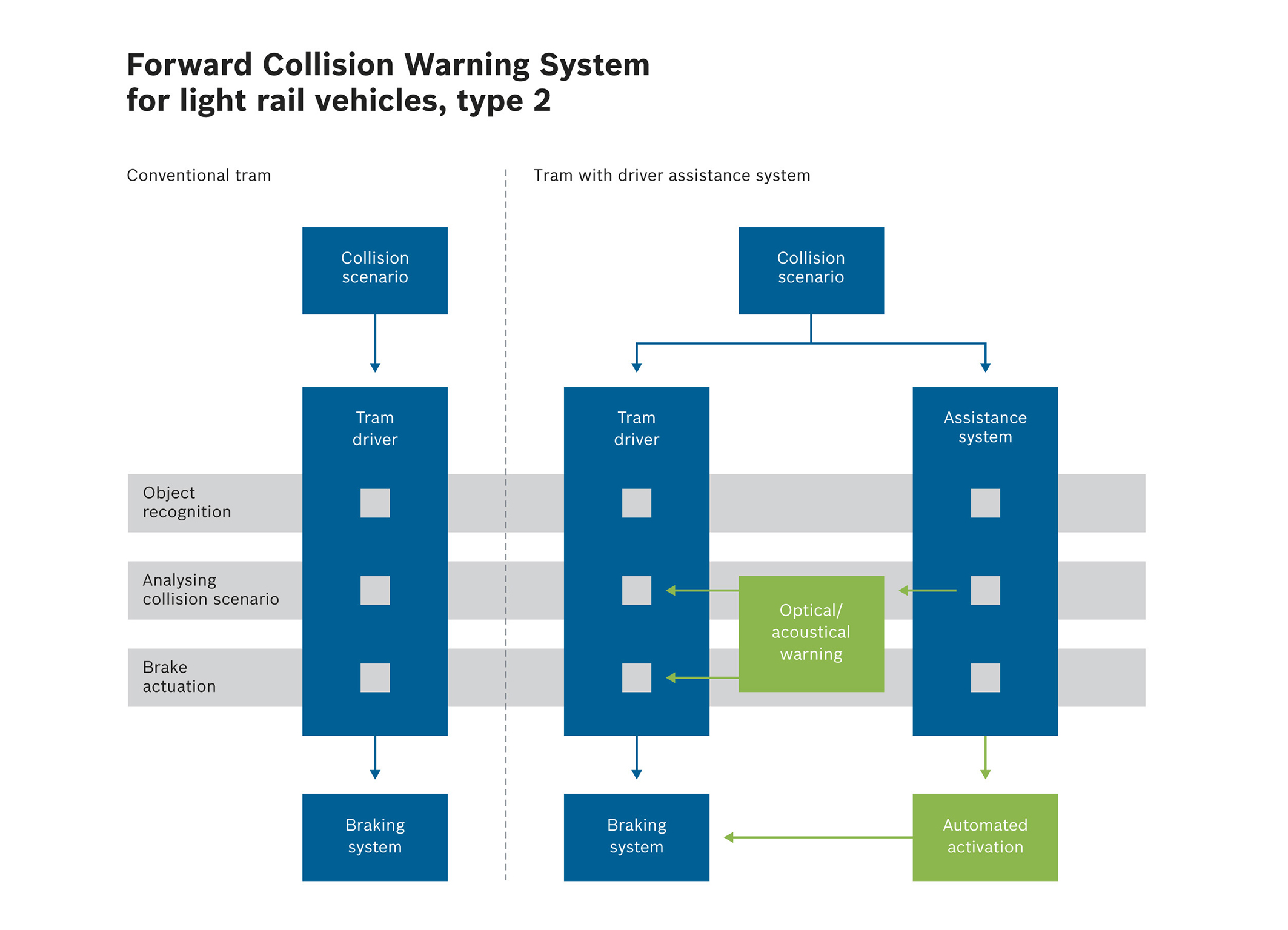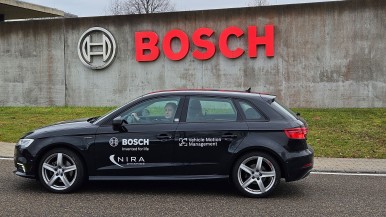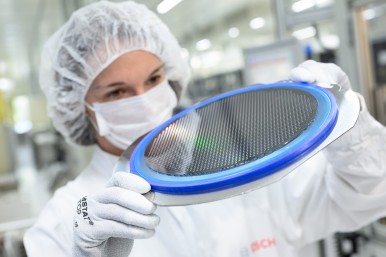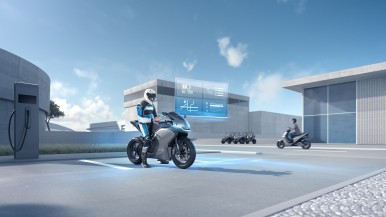Abstatt/Frankfurt – For tram drivers, every second on the job requires complete concentration. Heavy traffic conditions might lead to collisions with other trams, cars or trucks at any time. Soon, the first trams featuring the new Bosch technology that can actively prevent such accidents will enter into service in Frankfurt. The innovative driver assistance system warns tram drivers of any impending collision: if the driver brakes too late, or not at all, the system engages the brakes independently to stop the tram and avoid an accident. “Our collision warning system significantly increases the safety of passengers and tram drivers,” says Bernhard Bihr, president of Bosch Engineering. This new, expanded system comes courtesy of Bosch Engineering, a Bosch subsidiary that successfully adapted the company's large-scale automotive production technology for its new and enhanced collision warning system for city rail transportation. Hesse's technical supervisory authority recently approved the electronic driver assistance system for use in public transportation. Once Frankfurt's tram drivers have tested this guardian angel for both drivers and passengers, the first self-braking trams will go into regular service in the city.
Next stop: automated trams
Driver assistance systems that can warn of collisions and automatically brake in an emergency are increasingly spreading to rail transportation systems and provide the basis for automated trams. These systems are capable of supporting the tram driver in all types of driving conditions, from monotonous to challenging, day or night, rain or snow. Bosch launched the first version of its collision warning system in 2014. “If that system's sensors detect a potential accident, it reliably alerts tram drivers of the dangerous situation and does its best to help them react in time themselves to avoid a collision,” Bihr says. The new and enhanced system now takes this to another level: in the event that the tram driver cannot react to the warning in time, the system will brake the tram automatically and bring it to a complete stop. This way, accidents and their expensive consequences can be either reduced or prevented altogether. “We are taking the idea of automated mobility further – beyond the road – and developing solutions that offer increased safety and comfort for rail transportation,” Bihr says.
Radar and video sensors prevent accidents
The new collision warning system combines a video sensor, a radar sensor, and a high-performance rail control unit and draws on Bosch's expertise in large-scale automotive production. With an aperture of up to 70 degrees, the radar sensor monitors the area up to 160 meters ahead of the tram and measures the speed and distance of any cars, buses or other trams. In addition to mobile obstacles, the radar sensor detects static objects such as buffer stops. The video sensor is the ideal complement to the radar technology because it keeps an eye on the track ahead and detects anything crossing the rails more quickly and accurately. The central rail control unit processes information from both sensors, along with other factors, such as the speed of the tram, to provide a detailed image of the environment. If the system detects that an object is coming dangerously close, it gives the driver a visual and an acoustic warning. Should the tram driver not react to the warning signals within two seconds, the automated system slows the tram to a complete stop. The braking action is very gentle so even passengers who are standing will not lose their balance. If necessary, drivers can also deactivate the braking operation or increase the braking power at any time, depending on how critical the situation is. This leaves drivers still in control of the situation, but means they can rely on the watchful eyes of their electronic assistant day or night and in almost any kind of weather. “Our system is on all the time; it never gets tired, and cannot be distracted,” Bihr says.
Further information:
Bosch compact Bosch Engineering:http://bit.ly/23cwx3u

